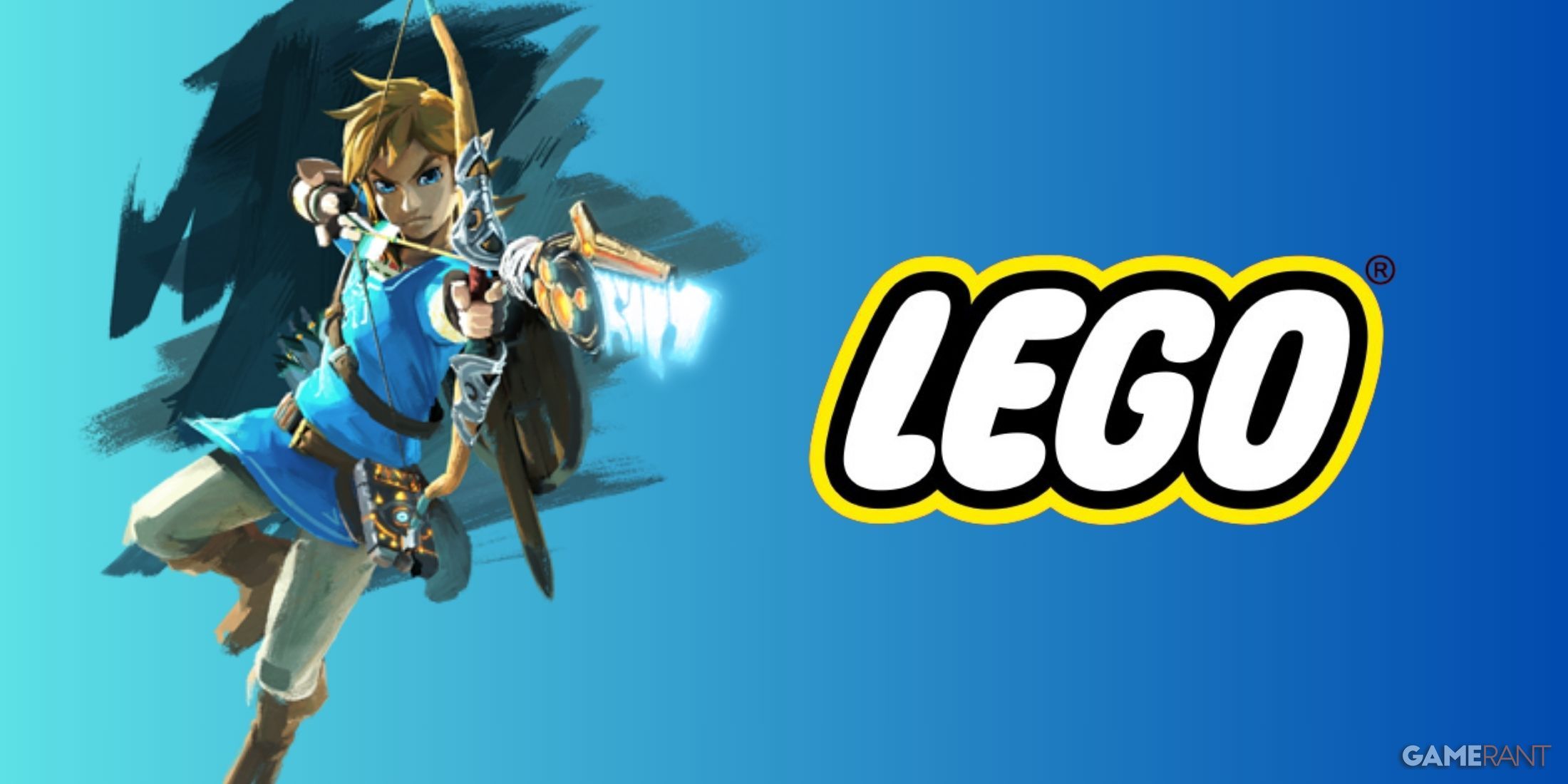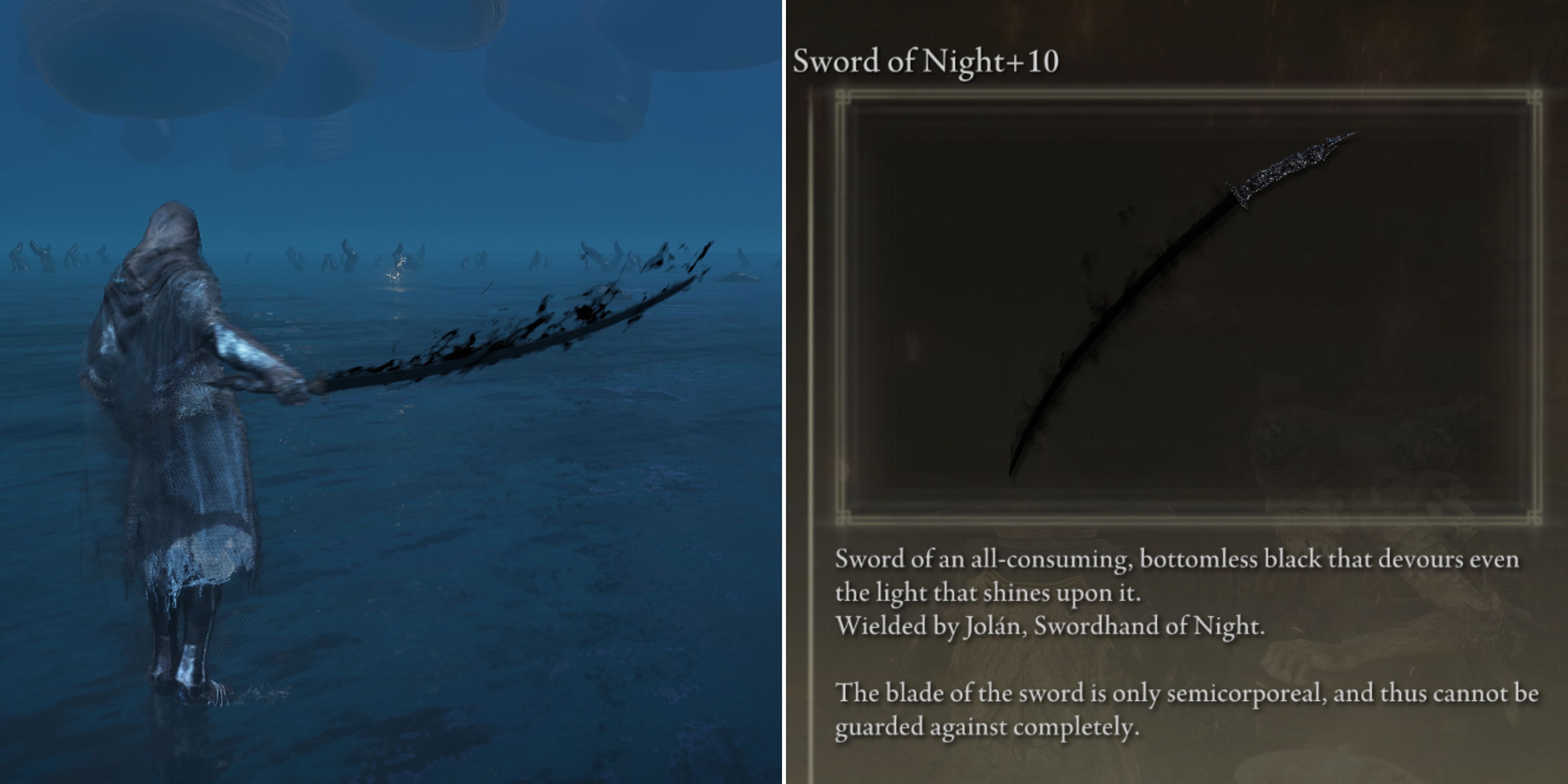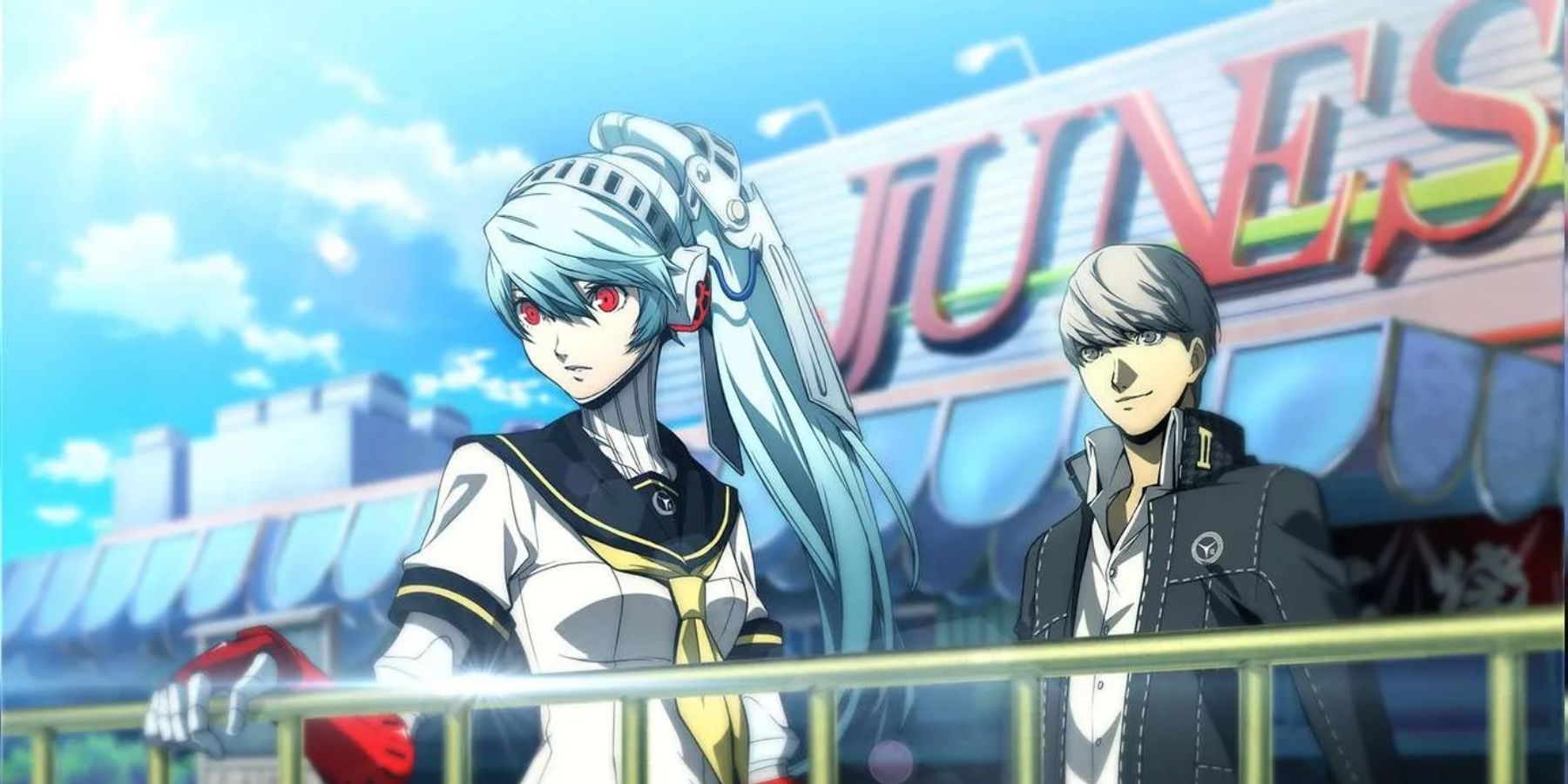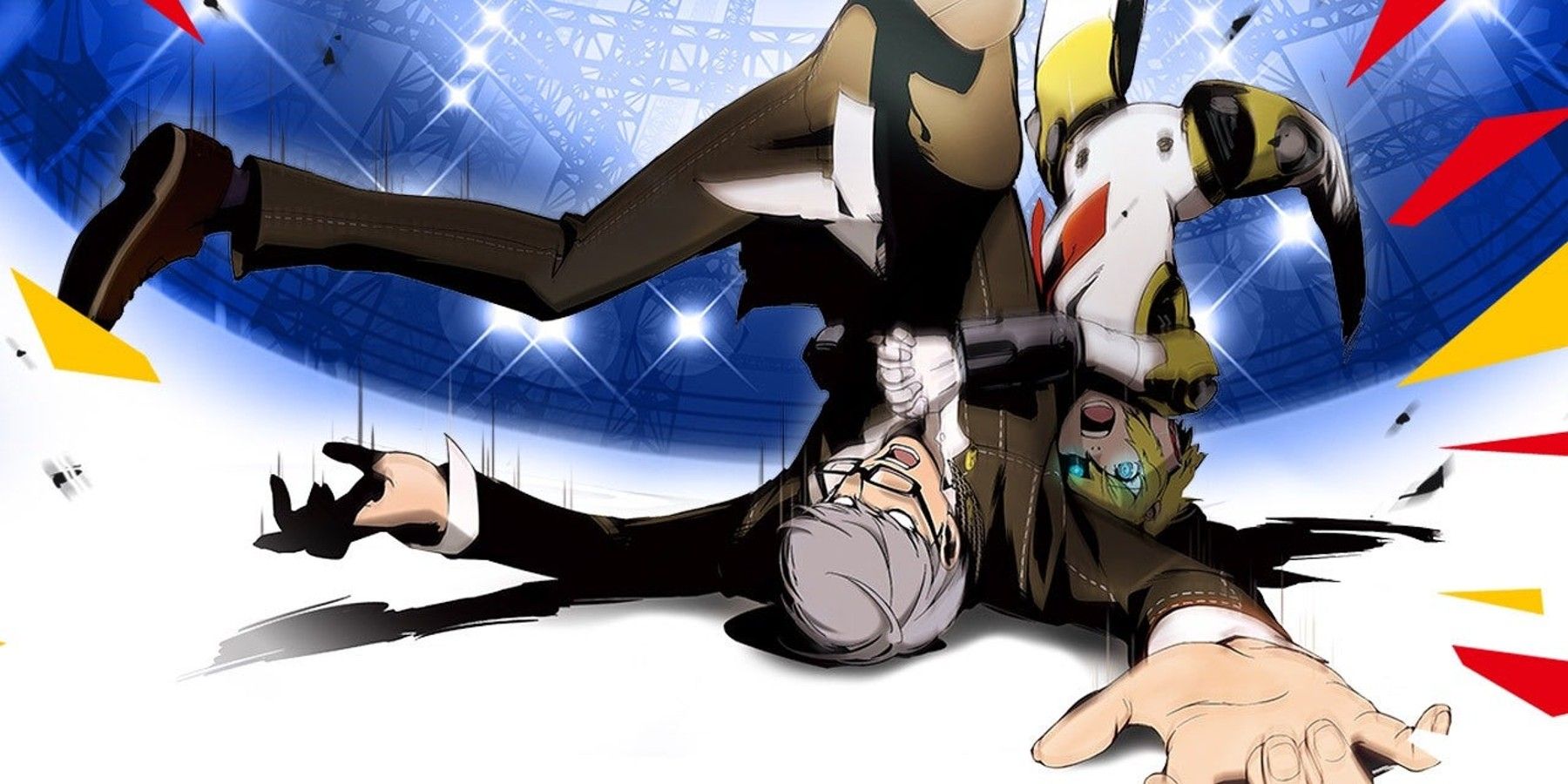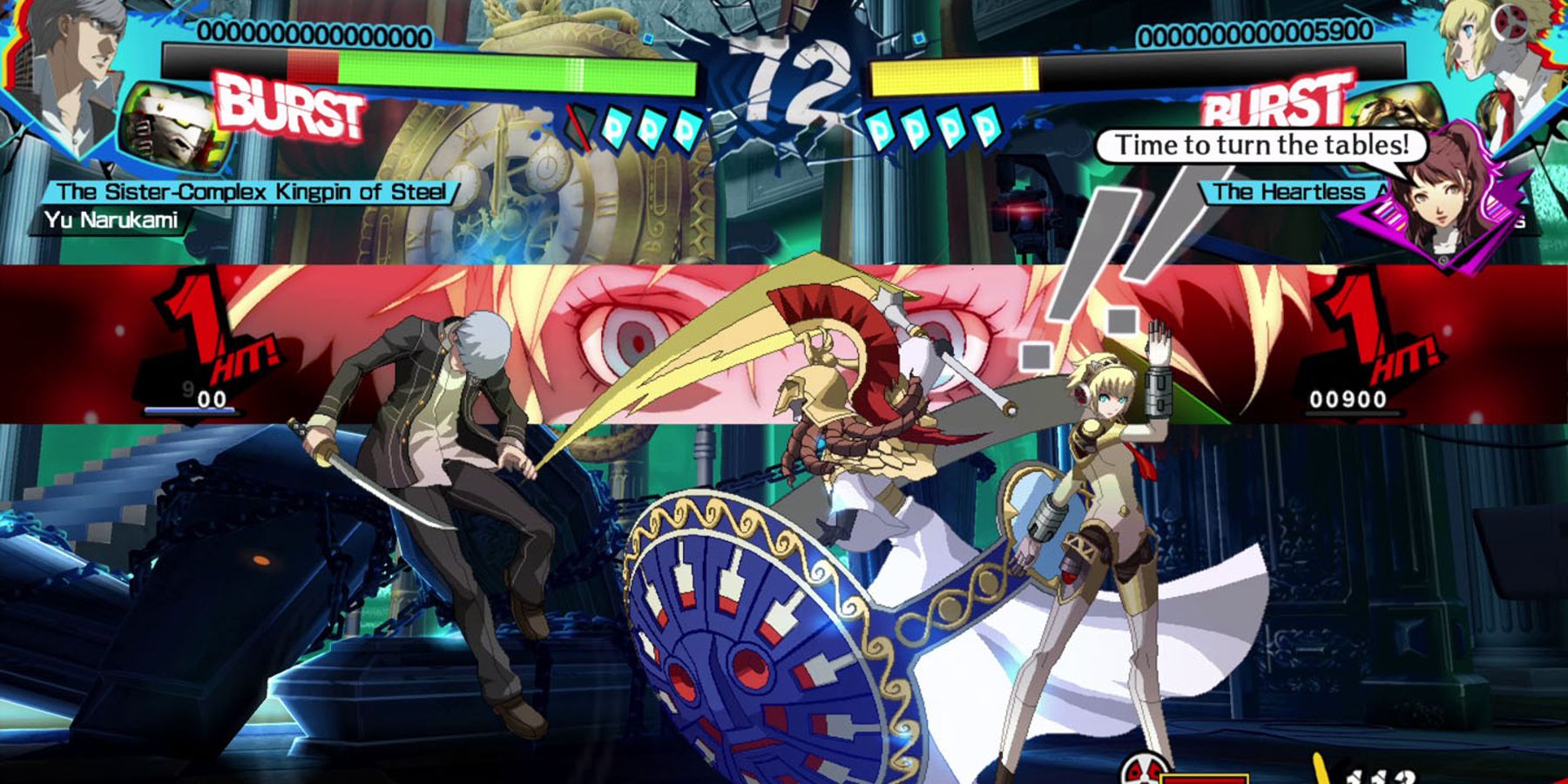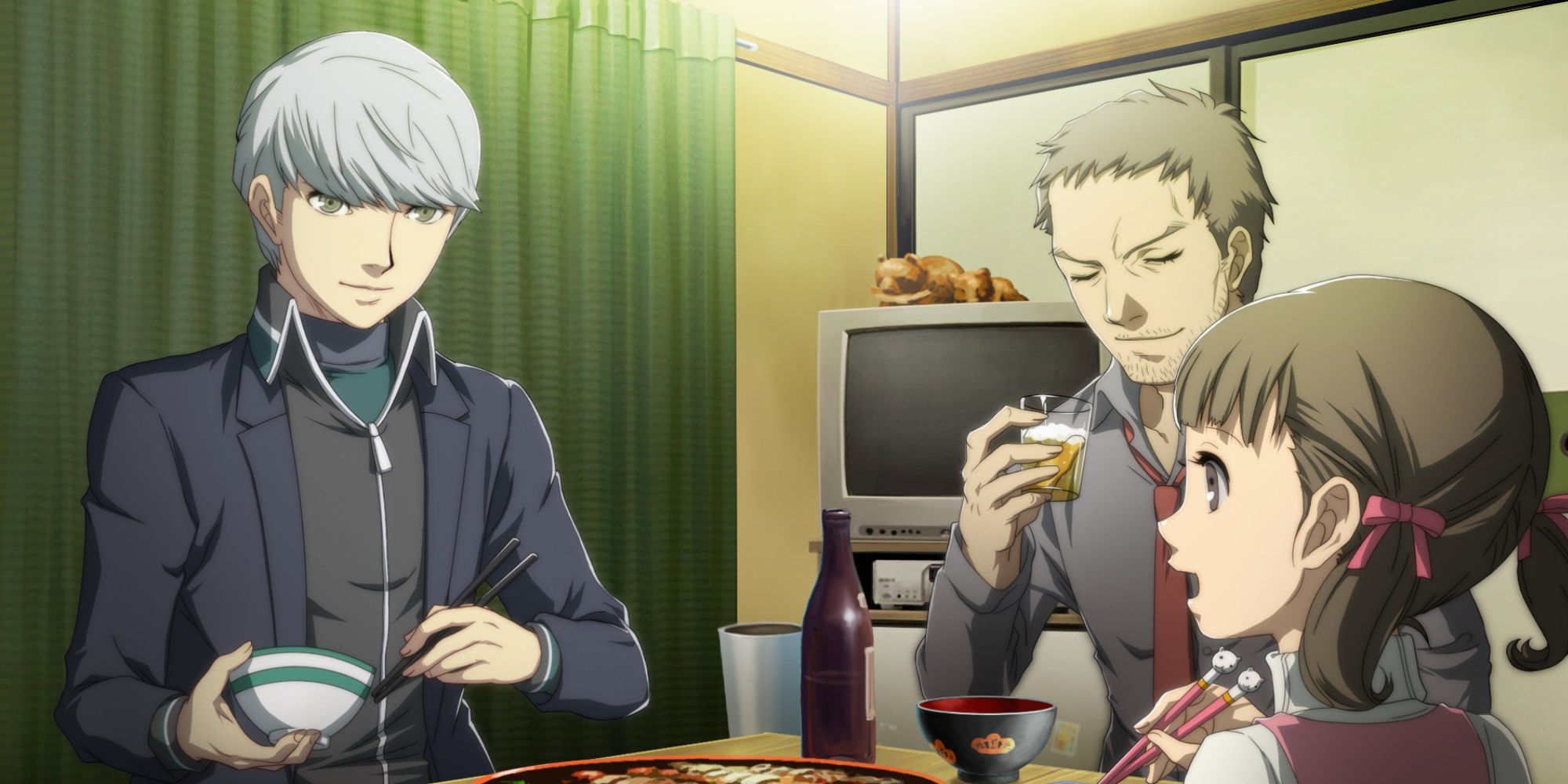The festivities surrounding the Persona 25th anniversary have been slightly underwhelming so far, but fans are still getting some good announcements out of them. Persona 3, 4, and 5 finally migrating to other platforms is great news for new and old fans alike, and everyone agrees that there's no way this celebration is ending without the announcement of Persona 6. With Shin Megami Tensei 5 having just come out and a surprise sequel to Soul Hackers about to release, it's a great time to be an SMT fan.
In the middle of all of this, there was one other surprise release. Persona 4 Arena Ultimax came out on modern platforms after leaving Japanese arcades as a late seventh-generation console game. This was a sequel to the 2012 fighting game spin-off Persona 4 Arena, which will be celebrating the tenth anniversary of its North American console release on August 7, 2022. It feels appropriate that this date falls on the same day as EVO’s fighting game tournament finals, and a couple of days after Persona 4 Arena Ultimax received its much-anticipated rollback netcode update. Persona fans owe a lot to Persona 4 Arena, as it has continued contributing to the franchise after a decade of life.
Persona 4 Arena Was a Massive Surprise
For its first sixteen years, the Persona series did not receive any spin-offs, only a few re-releases. This is because it was itself considered a spin-off of the main Shin Megami Tensei franchise, and only began to pick up traction as a separate entity with Persona 3 in year eleven. However, once Persona had begun growing into its own beast, Atlus took notice of the specific popularity of Persona 3, 4, and 5. It began building out the Persona universe with a variety of additional media. Over the years, there have been anime, movies, manga, and a number of spin-off games. The first of these spin-offs was Persona 4 Arena, and it was a big deal back when it was first announced.
No one was sure what to make of Persona 4 Arena. The Persona games had always been a hardcore turn-based RPG series, and now they were getting a fighting game adaptation. Not only that, but it was getting it from Arc System Works, the makers of Guilty Gear and BlazBlue. While the pre-Dragon Ball FighterZ ASW did not have the notoriety it does today, it was well regarded as the premier anime fighter developer. It had also handled other licensed games before, such as the famously crazy Hokuto no Ken arcade game and Sengoku Basara X, an equally wild adaptation of Capcom's Dynasty Warriors competitor. The prestige was there for a solid game, but no one realized exactly what they were getting into until Persona 4 Arena came out.
Why Persona 4 Arena Was a Hit
One of the first things Persona fans noticed was that the game did not limit itself to Persona 4 characters. Indeed, a chunk of the Persona 3 party was present as a faction in the story. This is because Persona 4 Arena is a canon sequel to Persona 4, which was now double-confirmed to be a sequel to Persona 3. References to Persona 1 and 2 are rare and indirect, but cameos in Persona 4 and 5 have firmly established that Persona 3 and up share a continuity, even if they play with the mechanics of Personas and Shadows in different ways. Persona 4 Arena made big waves in the Persona community with its bold redesigns of 3’s cast, as well as a deeper look at the Anti-Shadow Suppression Weapon program that made Aigis.
For everyone else, it impressed soundly with its fighting. Persona 4 Arena is committed to being a Persona game through and through, and that means adapting a surprising amount of mechanics from its source game. While the Fool Arcana’s Persona-switching is exclusive to Ultimax’s Margaret, other aspects like the One More system, status effects, and even the Light and Darkness elements acting as instant kills were all implemented to provide additional depth. The basic control scheme was also satisfying, with two buttons controlling a given character and the other two manipulating their Persona. It almost felt like characters had two of BlazBlue’s Drive buttons to easily use special moves, something that appealed greatly to casual fans.
The Legacy of Persona 4 Arena
With both the RPG and fighting game crowds hooked, Persona 4 Arena followed through with a sequel in Persona 4 Arena Ultimax. It carried on everything that was great about the original game, and added a lot of missing characters from Persona 3 and 4. A couple of new fighters came with them, and Shadow versions for most of the cast were implemented with a different way of using the super meter. Much to the surprise of everyone, Persona 4 Arena was also one of the games present in the BlazBlue Cross Tag Battle crossover. Despite being owned by a completely different publisher, players got another chance to use the Persona cast on the fighting stage, this time against some other fighting game characters and the cast of RWBY.
Meanwhile, back in Persona itself, the floodgates had been opened for spin-offs. These included the Persona Dancing trilogy, and also resulted in the Persona Q games that featured more crossovers between the Persona casts. The most significant spin-off since Persona 4 Arena Ultimax is Persona 5 Strikers, which follows the same format of being a direct sequel to its base game. Fans would really like to see a Persona 5 Arena, but even if that's not in the cards, Persona 4 Arena Ultimax is widely available now. With its formerly arcade-exclusive 2.0 update, all the DLC included, and now rollback netcode, Persona 4 Arena Ultimax should be able to keep satisfying fans for another decade.
Persona 4 Arena Ultimax is available now on PC, PS4, and Switch.


